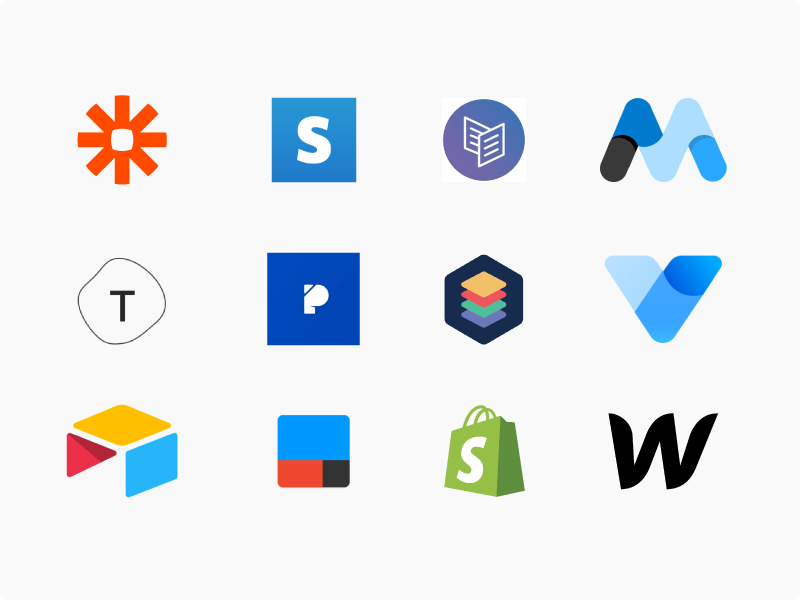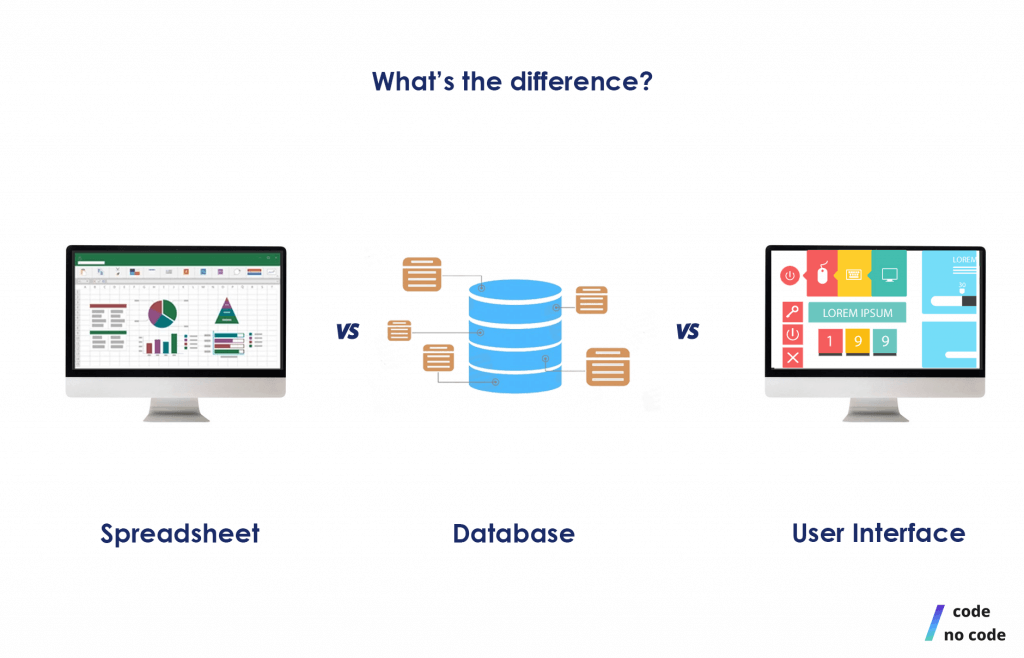No-Code Platforms for Open Platform Data Source Development: Save Time and Resources
No-Code Platforms for Open Platform Data Source Development: Save Time and Resources
Blog Article
Checking Out the Advantages of Scalable Data Sources That Need No Coding Skills for Efficient Data Monitoring Solutions
The emergence of scalable data sources that eliminate the need for coding skills offers a transformative chance for companies looking for reliable data monitoring remedies. By enabling non-technical customers to harness the power of data with instinctive user interfaces, these systems improve accessibility and foster cooperation throughout diverse teams. Their cost-effectiveness and adaptability to progressing organization needs can dramatically improve operational procedures. As we take into consideration the implications of such improvements, it comes to be important to check out how they can improve the landscape of data management and drive lasting development in a competitive atmosphere.
Enhanced Ease Of Access for Customers
Enhanced access for customers is a crucial element of scalable databases, guaranteeing that data management systems are straightforward and user-friendly. In an age where data-driven decisions are paramount, access permits a broader variety of users, consisting of those without substantial technical competence, to engage with database systems properly. This democratization of information access helps with improved cooperation across divisions, encouraging workers to make and draw out insights educated decisions.
User-friendly user interfaces, such as aesthetic data and drag-and-drop features depiction, simplify intricate data communications. These enhancements lower the discovering curve linked with conventional data source management, making it possible for individuals to concentrate on leveraging data instead than coming to grips with technological complexities. In addition, scalable data sources often integrate real-time analytics and personalized dashboards, giving users with instant understandings tailored to their certain needs.

Cost-Effectiveness and Source Savings
Reliable data monitoring not just rests on accessibility yet likewise on cost-effectiveness and resource financial savings. Scalable databases made for individuals without coding skills considerably lower monetary concerns typically connected with traditional database administration systems. By eliminating the demand for specialized programs expertise, organizations can allot their sources much more successfully, focusing funds on core organization activities instead of extensive training or working with competent employees.
Furthermore, these data sources frequently make use of cloud-based services, which better decrease expenses connected to equipment and upkeep. Organizations can scale their database remedies according to their needs, avoiding the costs sustained from over-provisioning sources. This adaptability means organizations can adjust to transforming needs without sustaining unnecessary costs, resulting in considerable long-lasting cost savings.
Furthermore, easy to use user interfaces enhance information access and monitoring procedures, minimizing the moment invested on management tasks. This effectiveness equates into labor expense savings, enabling teams to focus on strategic initiatives instead of regular upkeep. On the whole, taking on scalable data sources that need no coding skills fosters an extra cost-effective strategy to information administration, allowing organizations to maximize their sources while keeping high levels of operational efficiency.
Improved Cooperation Throughout Teams

In addition, scalable data sources facilitate seamless interaction amongst employee. With easy to use user interfaces that need no coding abilities, staff members can easily create, customize, and share records or control panels customized to their certain demands. This democratization of information encourages non-technical users to add understandings, enhancing the collaborative environment.
Additionally, these databases sustain simultaneous accessibility, permitting numerous customers to work with the very same dataset all at once. This attribute boosts performance, as groups can take part in joint data analysis without the risk of variation control concerns. The capability to leave remarks or notes directly within the Continued data source better advertises dialogue and clears up data analyses.
Streamlined Information Monitoring Processes
In today's data-driven atmosphere, companies acknowledge the necessity of streamlined information administration processes to optimize effectiveness and accuracy. By leveraging scalable databases that call for no coding abilities, services can simplify their data handling and lower the intricacies usually connected with conventional data source systems. This ease of access empowers non-technical customers to engage directly with information, assisting in quicker decision-making and decreasing dependence on specialized IT workers.
Streamlined information monitoring processes enhance operations by automating routine jobs such as information entry, recognition, and reporting. Automated data integration ensures that details from different sources is accumulated seamlessly, removing silos and cultivating a combined sight of vital company metrics (no-code). Additionally, easy to use interfaces permit workers to manipulate information quickly, enabling them to create understandings that drive strategic initiatives without the demand for extensive training.
This effectiveness not only increases operational processes however additionally reduces the possibility for human error, ensuring that data stays exact and trustworthy. Inevitably, structured information management processes through scalable databases result in improved efficiency, permitting companies to concentrate on core tasks while making certain that their information monitoring practices are efficient and effective.
Scalability for Growing Companies

For increasing ventures, the capacity to scale up or down is critical. A scalable data source can deal with an increase of information produced from new customers, products, or solutions, making certain that organization operations remain uninterrupted. Moreover, these data sources supply the capability to take care of peak lots effectively, which is necessary during durations of fast growth or seasonal spikes.
Furthermore, numerous scalable database solutions are made with easy to use user interfaces that call for no coding skills, empowering non-technical team to handle data successfully (no-code). This democratization of data monitoring permits organizations to allot sources strategically and lower reliance on specialized IT weblink workers
Ultimately, taking on a scalable database not only boosts operational performance yet likewise cultivates an atmosphere where organizations can innovate and advance without the constraints of traditional database systems. This flexibility positions companies for lasting success in today's competitive landscape.
Verdict
In final thought, scalable databases that need no coding abilities offer substantial advantages for efficient data monitoring. These systems boost ease of access for non-technical individuals, lower functional costs, and promote partnership throughout teams. By simplifying data administration procedures and offering scalability for growing services, such options enable organizations to adapt to altering needs properly. Inevitably, the fostering of these user-friendly databases promotes advancement and placements organizations for long-term success in a dynamic atmosphere.
Improved ease of access for individuals is a vital aspect of scalable data sources, making certain that information management systems are navigate to these guys intuitive and straightforward.Straightforward interfaces, such as visual data and drag-and-drop functions representation, simplify complex data interactions. Overall, adopting scalable databases that call for no coding skills cultivates a much more affordable strategy to data monitoring, allowing companies to maximize their sources while maintaining high degrees of operational effectiveness.
By leveraging scalable databases that need no coding abilities, services can streamline their data handling and lower the complexities normally connected with typical database systems - no-code.Structured information administration procedures enhance process by automating regular jobs such as data access, validation, and reporting
Report this page